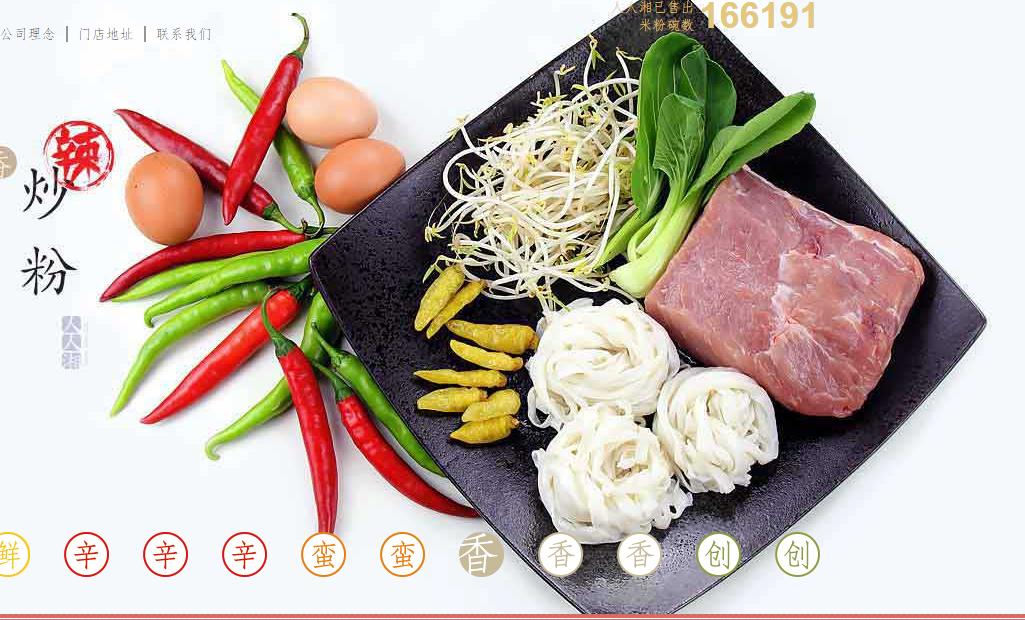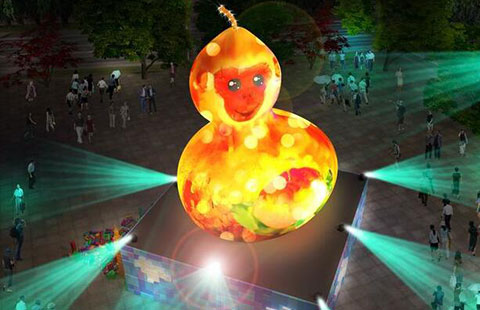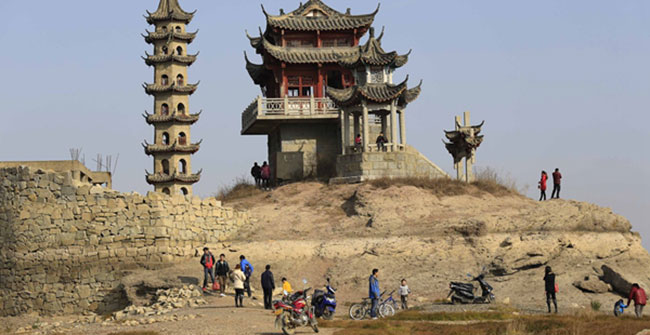Fad or future? Waiterless restaurants come to China
(Ecns.cn) Updated: 2016-02-01 13:39 |
|
CNN's anchor person shows the noodles he ordered. |
 |
|
Renrenxiang's noodle promotion photo on its official website. |
No one can deny the change that technology has had on people's lives, and it was only really a matter of time before automation really took off in the restaurant industry.
"The catering industry involves lots of human activity but that doesn't mean restaurants must have waitstaff. The core of the industry is service and most of this can actually be done by machines and programmed systems. Reducing the roles of waiters and cashiers is not the same as reducing the standard of service, instead it means quicker service and reduced costs," says Jiang Xiaoyu, an employee at Renrenxiang.
There are, however, those who are loath to lose the "traditional" style of dining and are steadfast in their belief that it cannot be replaced.
"Waiterless service works well for fast food, as the food prep is standardized and it's relatively easy to make the switch to automation. In finer restaurants, however, the cooking process is complicated and the role of waiters is more than just serving food," says Wang Jianhao, the owner of Xiexilan, a Sri Lankan restaurant in Beijing's bustling Sanlitun area.
"The catering industry is very diverse -- just like the needs of many customers, so various types of service need to be available," Wang says.
"Dining at a restaurant isn't just about eating," says a new customer surnamed Zhang at Renrenxiang. "The overall ambiance, the joy of browsing the menu and selecting dishes, and the satisfaction of being well served are also important. Technology does make life a lot more convenient, but it can't replace human interaction."
- Man found innocent of homicide after 23 years in prison
- China penalizes 27 over wrongful conviction case
- Shenzhen vows public safety drive
- China to see 137 million overseas tourists in 2016
- Xi bids New Year's greetings to non-communist parties, personages
- Xi urges grasp of China's strategic focuses
- Incentives needed to boost urbanization's full benefits
- Authority watchful to avert risk of Zika virus
- Education favorite of Chinese philanthropists
- Beijing encounters natural gas supply shortage






